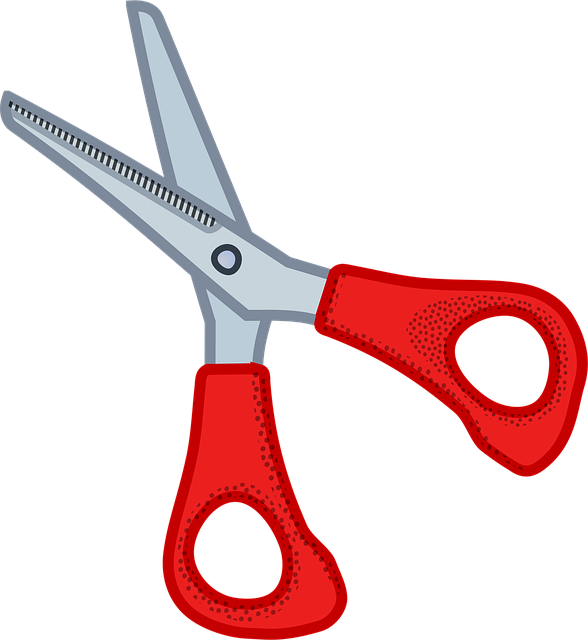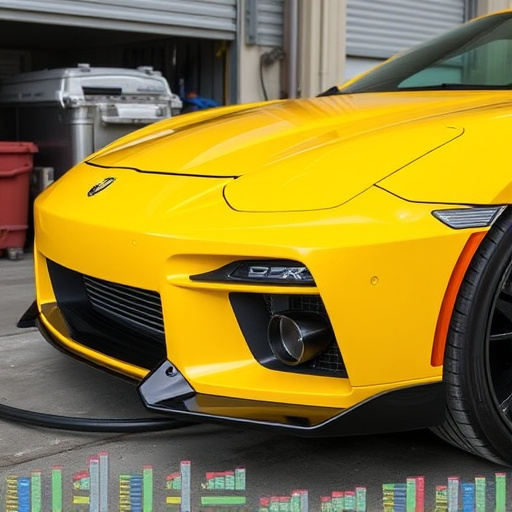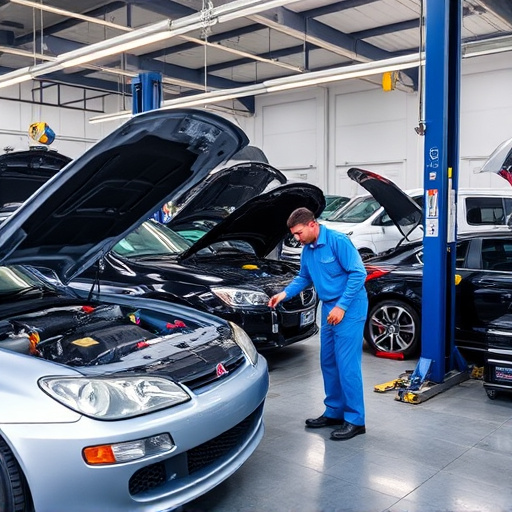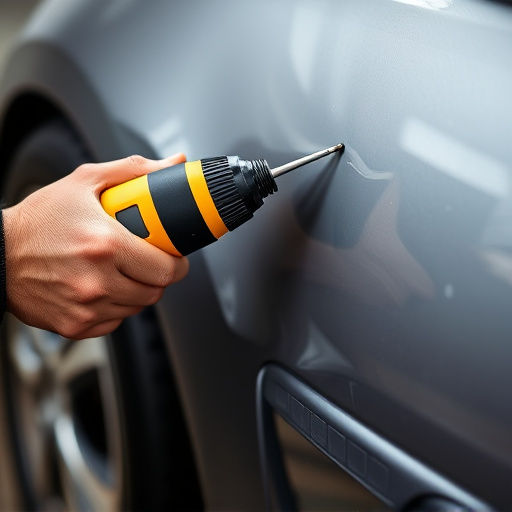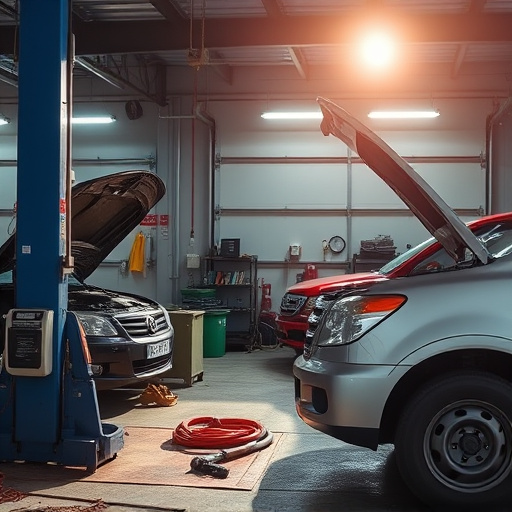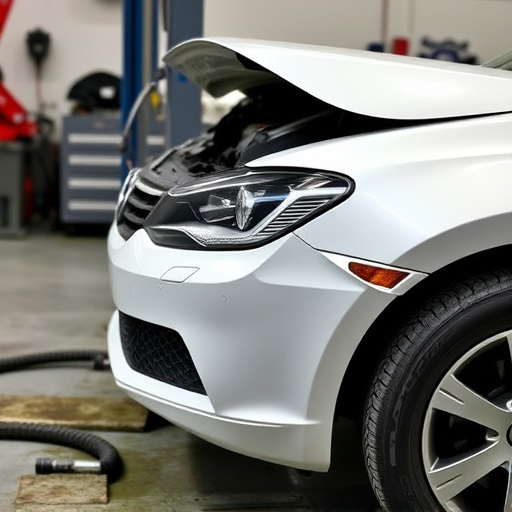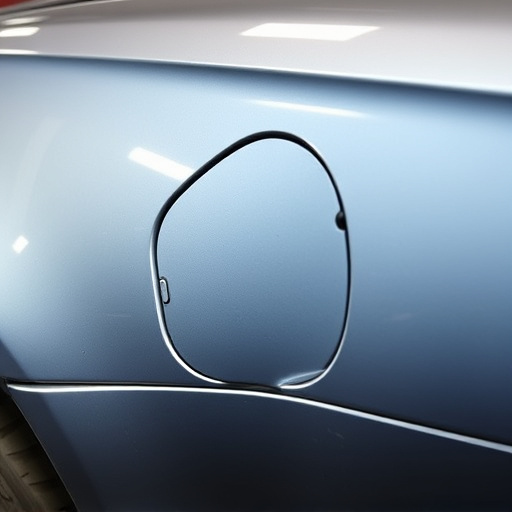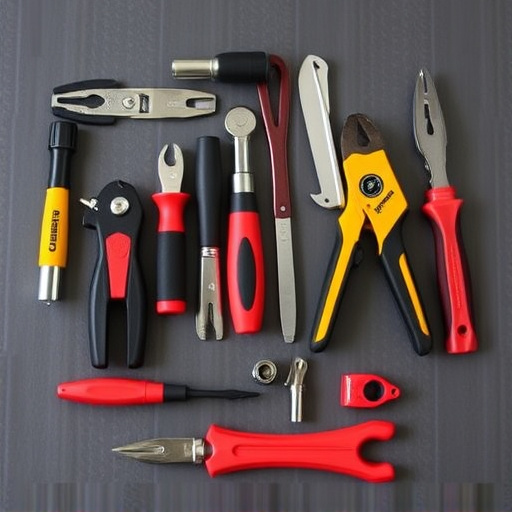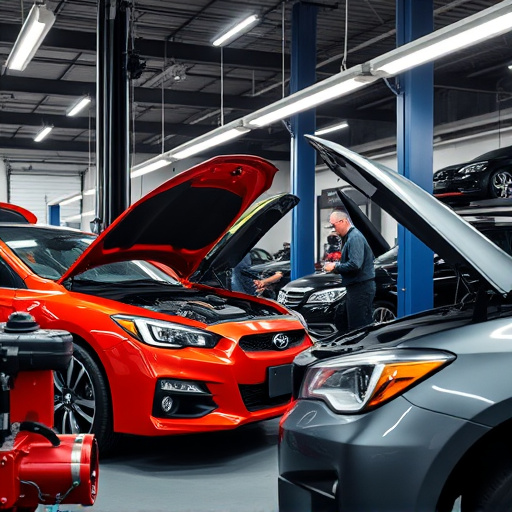Post-repair safety inspections are vital after automotive collision repair or restoration. Trained technicians check structural integrity, mechanical functionality, and compliance with safety standards. Key areas include frame alignment, panel gaps, paint quality, and safety feature operation. Even minor issues can compromise safety, making these inspections regulatory and essential for all road users' well-being.
After a repair, technicians conduct a thorough post-repair safety inspection to ensure the resolution is effective and secure. This process involves three key aspects: identifying potential hazards specific to the after-effects of the repair, verifying that all equipment operates safely and as intended, and ensuring adherence to established safety protocols. By diligently performing these checks, technicians safeguard work environments and individuals interacting with repaired systems.
- Identifying Potential Hazards After Repair
- Verifying Equipment Safety and Functionality
- Ensuring Compliance with Safety Protocols
Identifying Potential Hazards After Repair
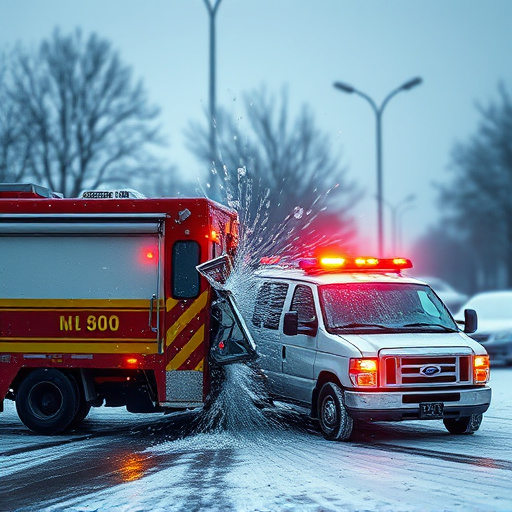
After a vehicle has undergone automotive collision repair or automotive restoration in a vehicle body shop, a comprehensive post-repair safety inspection is crucial to identify and mitigate potential hazards. Technicians are trained to inspect every component of the vehicle, both structural and mechanical, to ensure it meets safety standards. They look for signs of improper repairs, missing or incorrect parts, and any deviations from the original specifications that could pose risks during operation.
During this inspection, technicians pay close attention to areas like frame alignment, panel gaps, paint quality, and the functionality of safety features such as airbags and seatbelts. In a vehicle body shop, where precision and accuracy are paramount, even minor issues can have significant implications for driver and passenger safety. Therefore, a thorough post-repair safety inspection is not just a regulatory requirement but also a vital step to ensure the well-being of everyone on the road.
Verifying Equipment Safety and Functionality
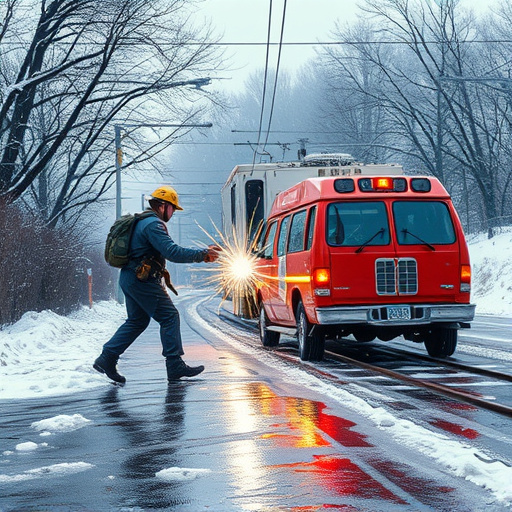
After a vehicle undergoes repair services, technicians conduct thorough post-repair safety inspections to ensure every component is functioning optimally and safely. This process involves rigorous checks on critical systems such as brakes, steering mechanisms, lighting fixtures, and tires. For instance, in the case of Mercedes Benz repair, technicians pay special attention to precision engineering details that are characteristic of the brand.
During these inspections, mechanics verify not just the physical integrity of parts but also their operational capabilities. This includes testing tire services to ensure proper air pressure and tread depth, verifying fluid levels and condition, and checking for any signs of leaks or damage. By focusing on these aspects, technicians can identify potential issues that may have been overlooked during the repair process, ensuring that the vehicle is safe to operate and adhering to industry standards in vehicle repair services.
Ensuring Compliance with Safety Protocols
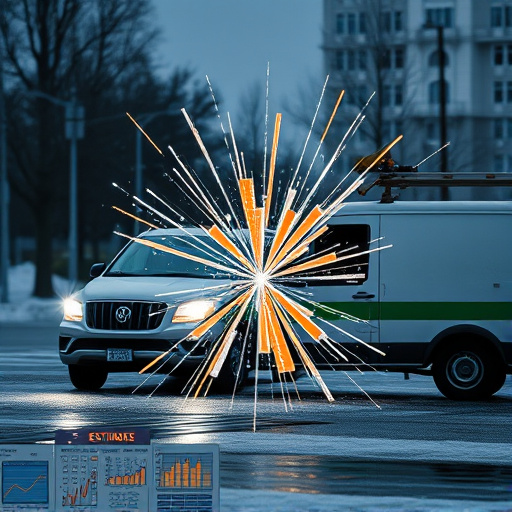
During a post-repair safety inspection, technicians are not just checking for cosmetic fixes; they are ensuring that every aspect of the vehicle meets robust safety standards. This involves meticulously examining components like brakes, lights, and tires to confirm their proper functioning and alignment. In the event of a previous vehicle collision repair or automotive restoration, specialists pay extra attention to structural integrity, as these repairs often involve intricate metalwork and replacement parts.
Technicians follow established safety protocols specific to car repair services, ensuring that all repairs adhere to industry guidelines. This meticulous process not only guarantees the safety of drivers and passengers but also helps identify potential hazards that could lead to future accidents. By adhering to these rigorous standards during post-repair safety inspections, technicians contribute to creating a safer driving experience for everyone on the road.
A thorough post-repair safety inspection is paramount to ensuring that repairs not only resolve issues but also maintain a secure environment. Technicians must navigate through potential hazards, verify equipment safety and functionality, and ensure compliance with established protocols. By meticulously addressing these aspects, they safeguard both the facility and its occupants, demonstrating their expertise and commitment to quality work.
